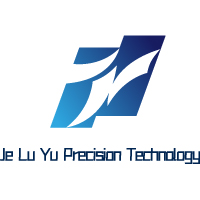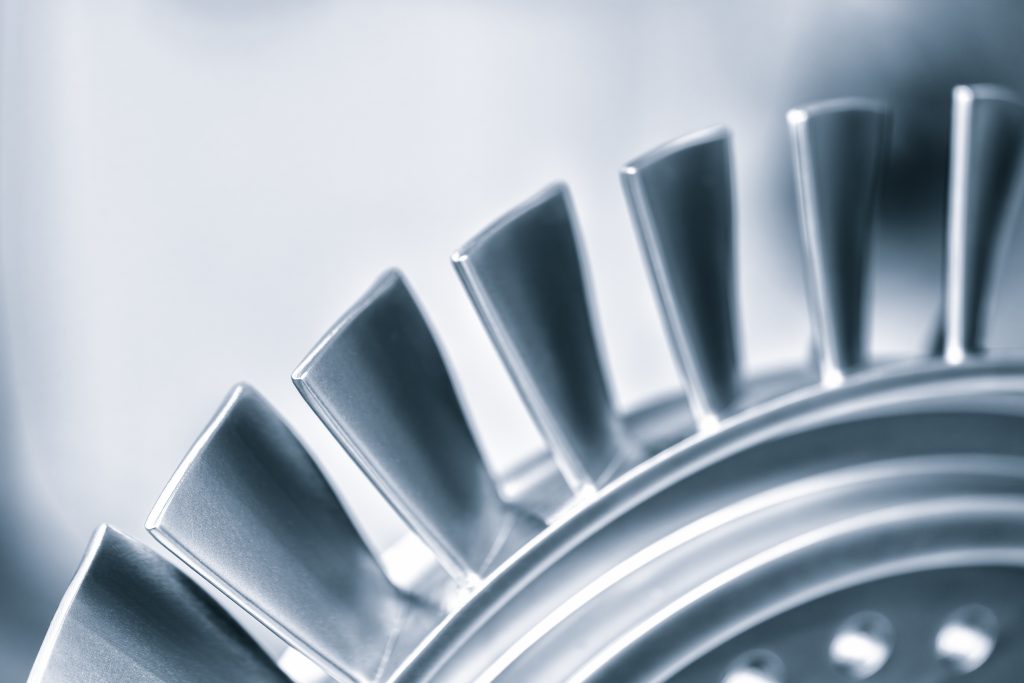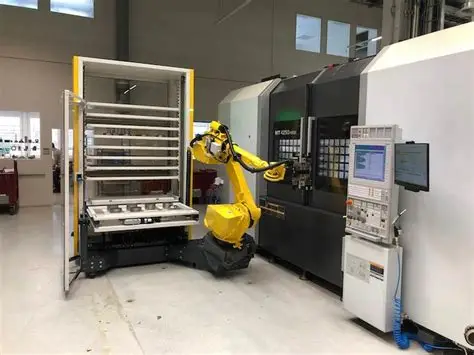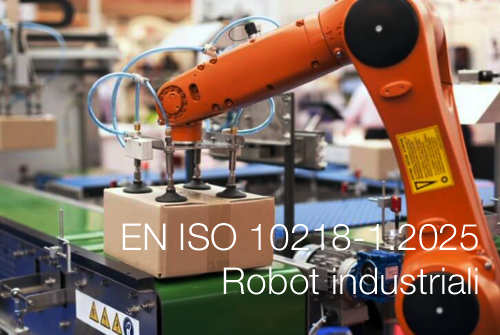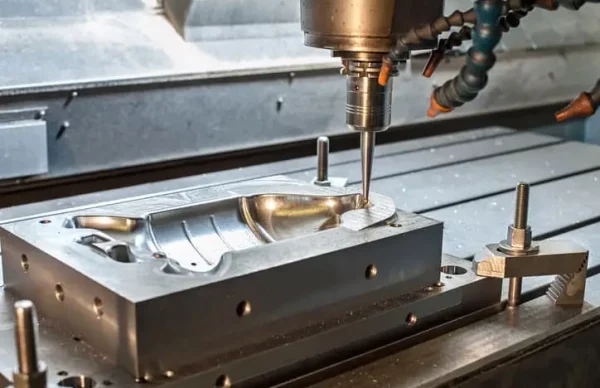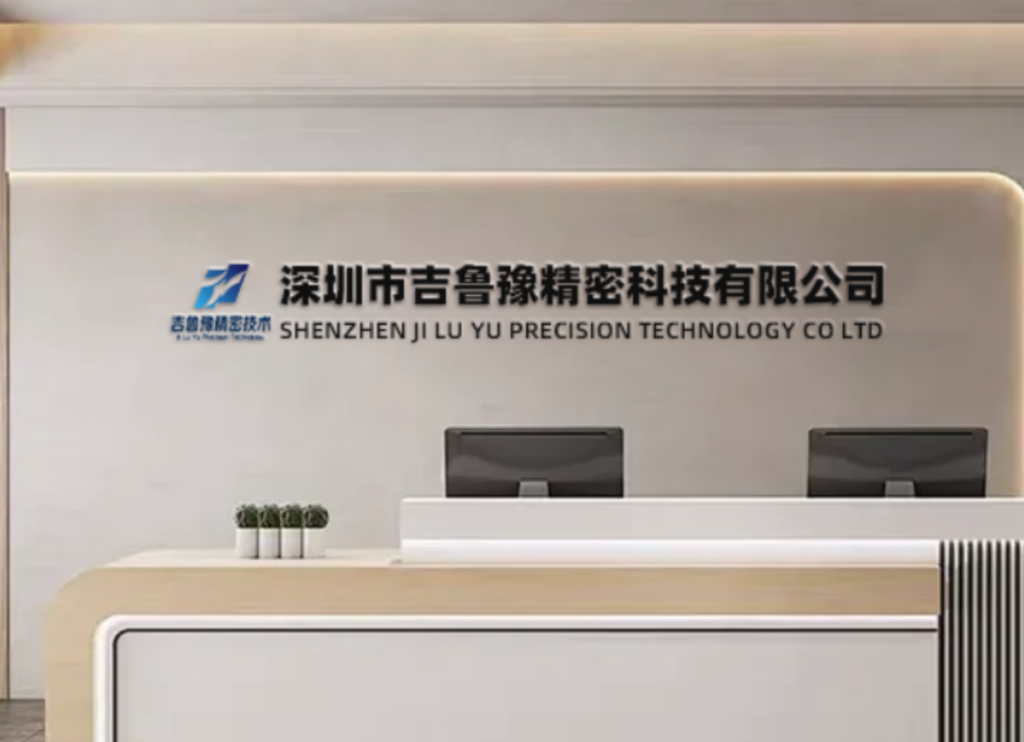High-Temperature Wear-Resistant Coatings: Ultra-Thin Film PVD Solutions from China’s JLY Precision Tech
High-temperature wear-resistant coatings are essential in various industries, particularly in applications involving extreme thermal conditions and mechanical stress. Understanding their composition and application can better guide choices for specific use cases.
1. What Are High-Temperature Wear-Resistant Coatings?
The mechanisms that enable these coatings to withstand high temperatures involve advanced materials science. This includes the use of ceramic composites and metal alloys that can endure significant thermal expansion and chemical degradation.
| Property | Electroplated Ni | Thermal Spray | Ultra-Thin Film PVD |
|---|---|---|---|
| Thickness | 25–100 µm | 100–500 µm | 0.1–3 µm |
| Max temp (air) | 500 °C | 800 °C | 1000 °C |
| Hardness (HV) | 700 | 1 000 | 2 500–3 500 |
| Friction vs. steel | 0.3 | 0.4 | 0.04–0.10 |
| REACH | Restricted | ✔ | ✔ |
2. Ultra-Thin Film Families & Vacuum Methods
In addition to traditional methods, innovative techniques in coating application such as atomic layer deposition (ALD) are gaining traction. These methods allow for the precise control of coating thickness and uniformity, which enhances performance in demanding environments.
| Family | Vacuum Method | Typical Stack | Key Benefit |
|---|---|---|---|
| TiAlCrN | HiPIMS | Ti₀.₅Al₀.₄Cr₀.₁N | 1000 °C oxidation barrier |
| CrAlON | Reactive Sputter | CrAlON gradient | 950 °C hot-gas corrosion |
| ta-C DLC | Filtered Arc | sp³-C | 400 °C dry wear |
| SiBON | PECVD | SiBON nano-layer | 900 °C steam resistance |
3. Performance Matrix – 2024 Data
Performance metrics are critical when evaluating coatings for specific applications. For instance, understanding how different substrates interact with coatings can lead to improved design processes that enhance durability and performance.
| Substrate | Coating | Thickness (µm) | Hardness (HV) | Wear Rate 600 °C (mm³/N·m) | Max Temp (°C) |
|---|---|---|---|---|---|
| H13 die steel | TiAlCrN | 2.0 | 2 900 | 1.1 × 10⁻⁶ | 1000 |
| Inconel 718 | CrAlON | 1.5 | 2 400 | 8.7 × 10⁻⁷ | 950 |
| 316L SS | ta-C DLC | 0.8 | 3 000 | 5.2 × 10⁻⁷ | 400 |
| Ti-6Al-4V | SiBON | 1.2 | 2 200 | 9.0 × 10⁻⁷ | 900 |
4. Three 2024 Case Studies
Each case study illustrates the unique challenges faced in high-temperature applications, and how specific coatings provided innovative solutions. These real-world examples not only highlight the efficacy of the coatings but also serve as a guide for future applications.
Case Study 1 – Turbine Blade Root
Challenge: Fretting at 850 °C between dovetail and disk.
Coating: 2 µm TiAlCrN via HiPIMS + 200 nm a-C:H top.
Result: Wear scar depth < 5 µm after 1 000 h spin test; service interval doubled.
Case Study 2 – EV Inverter Bus Bar
Problem: Copper oxidation at 400 °C under silicone oil.
Coating: 1 µm CrAlON sputtered layer.
Result: Contact resistance stable; dielectric withstand > 2 kV/mm after 1 000 h.
Case Study 3 – Petro-Chem Valve Stem
Issue: Galling in 700 °C sour gas.
Coating: 1.5 µm SiBON via PECVD.
Result: Zero leakage after 10 000 cycles; maintenance interval 3× longer.
5. Vacuum Process Flow – From CAD to Coated Part
The vacuum process flow is a testament to the precision required in producing high-quality coatings. Each step, from substrate preparation to final QA, assures that the coated part meets the highest standards for performance and durability.
| Phase | Key Actions | QC Check | Lead Time |
|---|---|---|---|
| RFQ Review | DFM + thermal FEA | 24 h | — |
| Substrate Prep | Plasma etch + UV/O₃ | Contact angle ≤ 8° | 2 h |
| Vacuum Deposition | PVD/CVD @ ≤ 5 × 10⁻³ mbar | ±3 nm real-time | 2–8 h |
| Post-Process | Ion-beam polish (optional) | Ra ≤ 0.01 µm | 1 h |
| Final QA | Calot, nano-indent, hot-gas coupons | CpK ≥ 1.67 | 12 h |
6. Market Outlook 2024–2028
Market trends show a growing demand for high-temperature wear-resistant coatings as industries adapt to more extreme operational conditions. The implications of this trend are profound, leading to innovations in materials and application processes.
| Sector | 2024 Adoption | 2028 Forecast | Driver |
|---|---|---|---|
| Aerospace | 15 % | 45 % | Jet engine efficiency |
| EV Power Electronics | 10 % | 35 % | SiC inverter temps |
| Petro-Chem | 8 % | 30 % | Sour-gas corrosion |
7. FAQs
Frequently asked questions help clarify common concerns about high-temperature wear-resistant coatings. These FAQs serve as a valuable resource for potential customers seeking to understand the capabilities and limitations of these advanced materials.
A: Yes. TiAlCrN passes 1000 °C ↔ 25 °C water quench 100× without spall.
A: < 3 µm total; within re-grind allowance.
A: Zero. One or one million – same quality.
8. How to Order Today
Ordering these coatings involves understanding specific requirements for your application. Clear communication with suppliers ensures that you receive a coating solution tailored to your operational needs.
-
Email [email protected] with STEP/IGES files.
-
Specify max operating temperature, mating material, required life.
As industries evolve, the necessity for high-temperature wear-resistant coatings becomes increasingly critical. With advancements in technology, the future looks promising for the development of even more resilient and efficient coatings.
-
Receive DFM + coating stack + quotation within 48 h.
It’s essential to recognize that the decision-making process for selecting a coating should be informed by both technical specifications and practical performance metrics. This holistic approach leads to better outcomes and longer-lasting solutions.
-
No MOQ; volume discounts from 100 pcs.
Additionally, the exploration of complementary finishes can greatly enhance the functionality and aesthetic appeal of the coated parts, providing a competitive edge in various applications.
